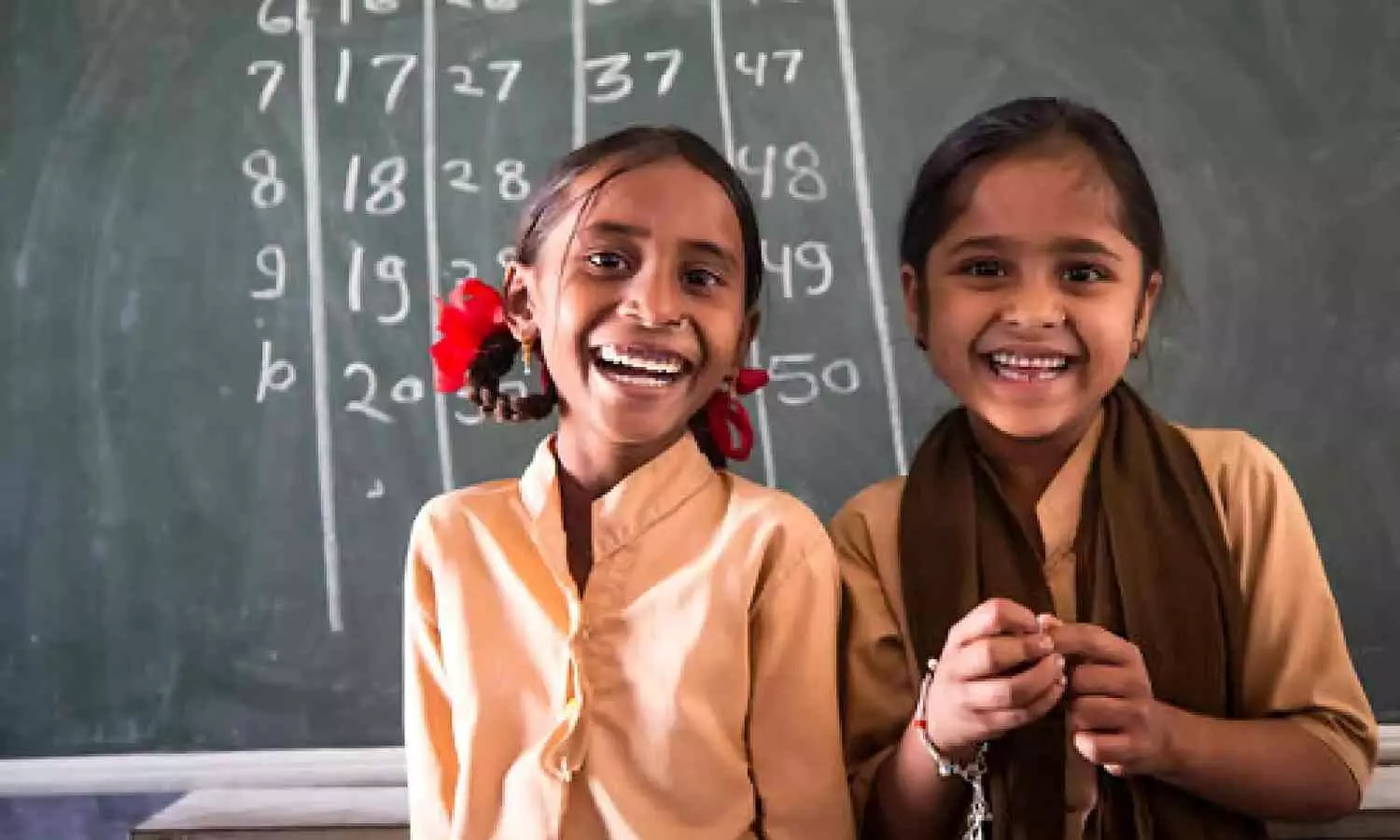Quality Education – A Right for All

Education is a basic right that should be available to one and all, regardless of the background, location, ability or circumstances. The concept of education being a privilege should be erased from society as education is not a privilege but a fundamental right. Every year on the 24th of January, the International Day of Education is celebrated to highlight the role of education in peace and development.
Let us have a look at the pressing issue of education inequality, and the urgent need to bridge the education gap to ensure that learning is a right for all.
Global Challenges in Education
Across the world, millions of children and adults are deprived of quality education. These challenges rise from various factors, such as poverty, conflict, gender inequality, and lack of infrastructure. Education provides a ladder for children and youngsters to move out of poverty and a path to a bright and promising future. The number of students that are out of school is alarming and this shows the importance of addressing the issue of the education gap in our society. Here are some global challenges in education.
1. Poverty - Financial constraints are one of the biggest barriers to education. Families struggling to make ends meet often prioritize immediate survival over schooling. Children in
such families are likely to drop out of school to contribute to household income.
2. Conflict and Displacement - In regions affected by war and political instability, schools are often destroyed, and children are forced to flee their homes. Refugee children face additional challenges, such as language barriers and lack of resources, that hinder their education.
3. Inequality in Gender - In many parts of the world, girls face cultural and societal barriers that prevent them from attending school. Issues like early marriage, household responsibilities, and discrimination limit their access to education.
4. Poor Infrastructure - Many rural and underprivileged areas lack basic facilities like schools, qualified teachers, and learning materials. Without these essentials, delivering quality
education becomes nearly impossible.
Education Inequality – A growing concern
Education inequality refers to the uneven distribution of educational resources and opportunities. The inequality is obvious in urban and rural areas, in rich and poor families and in developed and developing nations. Children in high income societies have access to quality education with advanced technology, well-trained teachers and extracurricular activities. On the other hand, children in low-income societies often study in overcrowded classrooms with insufficient materials, if they attend school at all.
Also, children with disabilities often face challenges. In many countries there are no proper facilities for people with disabilities, often forcing these people to give up on education. This further widens the gap in education.
Bridging The Education Gap
To bridge the gap in education there needs to be collective action from governments, organizations, and individuals. Here are some effective strategies to bridge this divide:
1. Investing in Education Infrastructure - Governments and international bodies need to allocate funds to build schools, train teachers, and provide learning materials. Modern technology, such as e-learning platforms, can also play a crucial role in reaching remote areas.
2. Making Education Affordable- Education shouldn’t be a burden or a far-fetched dream for families. Free or subsidized education can significantly reduce the burden on families. Scholarships, grants, and financial aid programs should be expanded to support underprivileged students.
3. Promote Inclusive Education – Children with disabilities should not face any challenges in education. The education system and curriculum must be designed in such a way that it is inclusive for everyone including children with disabilities.
4. Promote Gender equality – In many countries, the girl child is not encouraged to study due to early marriage, financial problems etc. Encouraging girls’ education is vital. Community awareness programs and policies that address gender-based barriers can help ensure that girls have equal opportunities to learn.
International Day of Education is a day that reminds each one of us the importance of education for all. This day also sheds light on various issues faced globally and also the solutions to tackle these issues. It is 2025 and it is high time that we actively work to bridge the education gap and ensure that every individual has the right to education.


